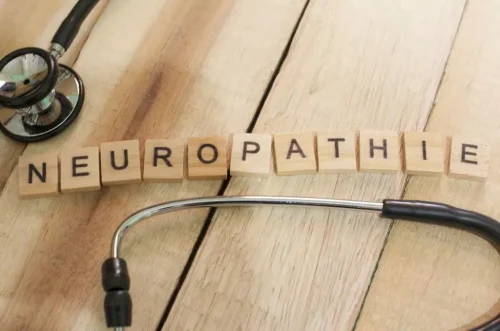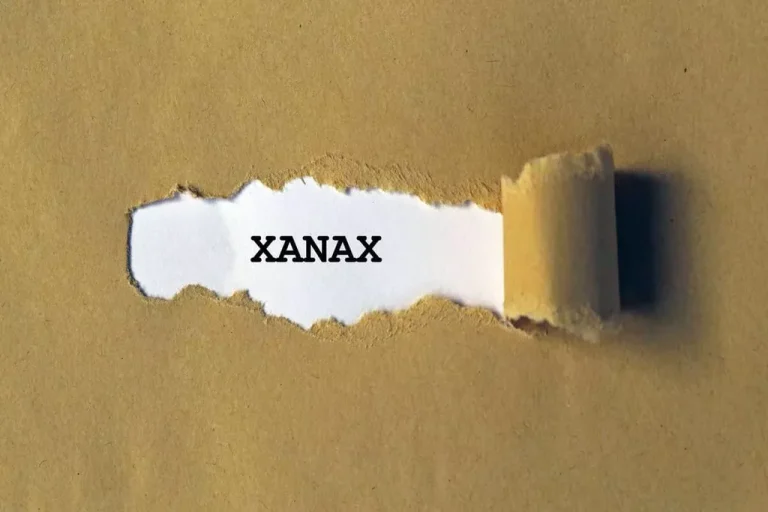Unifying Theories of Psychedelic Drug Effects PMC
PAP drug development currently involves plant medicines that have been used safely by indigenous populations for thousands of years, by western populations over successive generations and currently in clinical trials for many psychiatric disorders in controlled situations. Such molecules do not require the same development steps as NCEs, as considerable information regarding their safety and efficacy already exists. Most researchers now consider classic psychedelics to be non-toxic, that is, they do not damage mammalian organ systems, and as physiologically safe, even in very high doses (Gable, 2004; Halpern et al., 2005; Halpern and Pope, 1999; Malcolm and Thomas, 2021; Nichols, 2004). No long-term neurocognitive deficits have been reported by participants in the contemporary era of research (please see Aday et al., 2020b for a recent review). In a cross-sectional study, Doering-Silveira et al. (2005) compared adolescent ayahuasca users with matched non-user controls using a battery of neuropsychological tests and found no neurological deficits in users.
History of Psychedelic Drugs
First, making an effort to clearly define the target explananda, I review the acute subjective phenomenological properties of psychedelic effects as well as long-term clinical outcomes from psychedelic-assisted therapies. Second, I review theories from first-wave and second-wave psychedelic science—model psychoses theory, filtration theory, and psychoanalytic theory—and identify core features of these theories. Third, I review findings from recent neurophysiological research in humans under psychedelic drugs.
The neurobiology of drug addiction: cross-species insights into the dysfunction and recovery of the prefrontal cortex
Categorical predictions that are less detailed will ‘explain’ more bottom-up data (because they cover more ground) and thus produce less prediction error. Categorical predictions that are more detailed, by contrast, will carry less precision and thus potentially generate more prediction error (Kwisthout and van Rooij, 2015; Kwisthout et al., 2017). In comparison with other psychoactive drugs, psychedelics score consistently low in their abuse potential (Fábregas et al., 2010). Psilocybin has been evaluated, together with LSD in various preclinical models of dependence and abuse potential, yielding qualitatively similar results, with no physical dependence or withdrawal (Martin, 1973). Early studies showed that drugs commonly accepted as having hallucinogenic properties are not self-administered by laboratory animals (the gold standard test for dependence potential) supporting their low dependence in humans (see detailed analysis by Griffiths et al., 1979). This finding was further confirmed in a detailed review by Carroll (1990) who found that PCP is a highly effective reinforcer in animals, whereas LSD and other hallucinogens are not.
Cognitive Effects
The above variables, while crucial, do not completely prohibit meaningful characterization of general psychedelic effects, as numerous regularities, patterns, and structure can still be identified (Masters and Houston, 1966; Grinspoon and Bakalar, 1979; Preller and Vollenweider, 2016). Items from these rating scales are wrapped in ‘scare quotes’ in the following discussion in an effort to characterize the subjective phenomenology of psychedelic effects from a first-person perspective. Like any powerful tool, these substances have the potential for both benefit and harm.
What are the effects of psilocybin?
We use only trustworthy sources, including peer-reviewed studies, board-certified medical experts, patients with lived experience, and information from top institutions. Individuals prescribed psychedelic therapies should are psychedelics addictive always be clinically monitored and should never try to take the drugs on their own. “It is important to have supervision anytime someone consumes anything that dramatically alters perceptions of reality,” says Danovitch.
Early clinical trials suggest MDMA may help patients with post-traumatic stress disorder (PTSD) confront their traumatic memories. In other early studies, ketamine has reduced suicidal thoughts and other symptoms in patients with clinical depression. Psilocybin too may be able to help people with intractable depression, decreasing symptoms in some patients for a year or more, though the data here are still limited. Looking at the https://ecosoberhouse.com/ self-reported incidence of emergency medical treatment (EMT) sought for LSD and ‘magic mushrooms’, EMT is consistently low, and less than 1% of users report seeking help (Global Drug Survey (GDS), 2019). In comparison to other recreational drugs, psychedelics rank as the lowest in the United States, with 1.9 emergency department visits per 100,000 in 2011 (Substance Abuse and Mental Health Services Administration (SAMHSA), 2017).
Can psychedelic and dissociative drugs be used as medicine?
Of course, individuals under the influence of LSD are prone to poor decision-making and may suffer accidents related to very vivid perceptual distortions, such as visual hallucinations. There is a potential for a small proportion individuals to develop flashbacks weeks to even years following chronic use of LSD, a condition known as hallucinogen-induced persistent perception disorder (see below). Take our free, 5-minute substance abuse self-assessment below if you think you or someone you love might be struggling with substance abuse.
Comparison of current findings with recently reported literature
- In the 1990s, a few researchers began cautiously studying how drugs like LSD, MDMA and psilocybin might help with psychiatric conditions like depression and PTSD.
- Despite changes to theoretical conceptualizations of mental ill health and advances in evidence-based clinical technique, modern researchers and clinicians may gain insight into the potential complexities of the treatment process by reviewing these reports.
- “For clinical indications, psychotherapy appears to be necessary to support and facilitate change,” says Danovitch.
- Similar to ketamine, the drug is offered at doctor’s offices and clinics where patients usually spend several hours reclining in a chair.
- The concept of functional connectivity rests upon fMRI brain imaging observations that reveal temporal correlations of activity occurring in spatially remote regions of the brain which form highly structured patterns (brain networks) (Buckner et al., 2013).
- No difference in adverse effects was found between participants who used antidepressants and those who did not (31 participants reported using antidepressant medication).
- Therapists help patients revisit past events and emotions that have been problematic.




